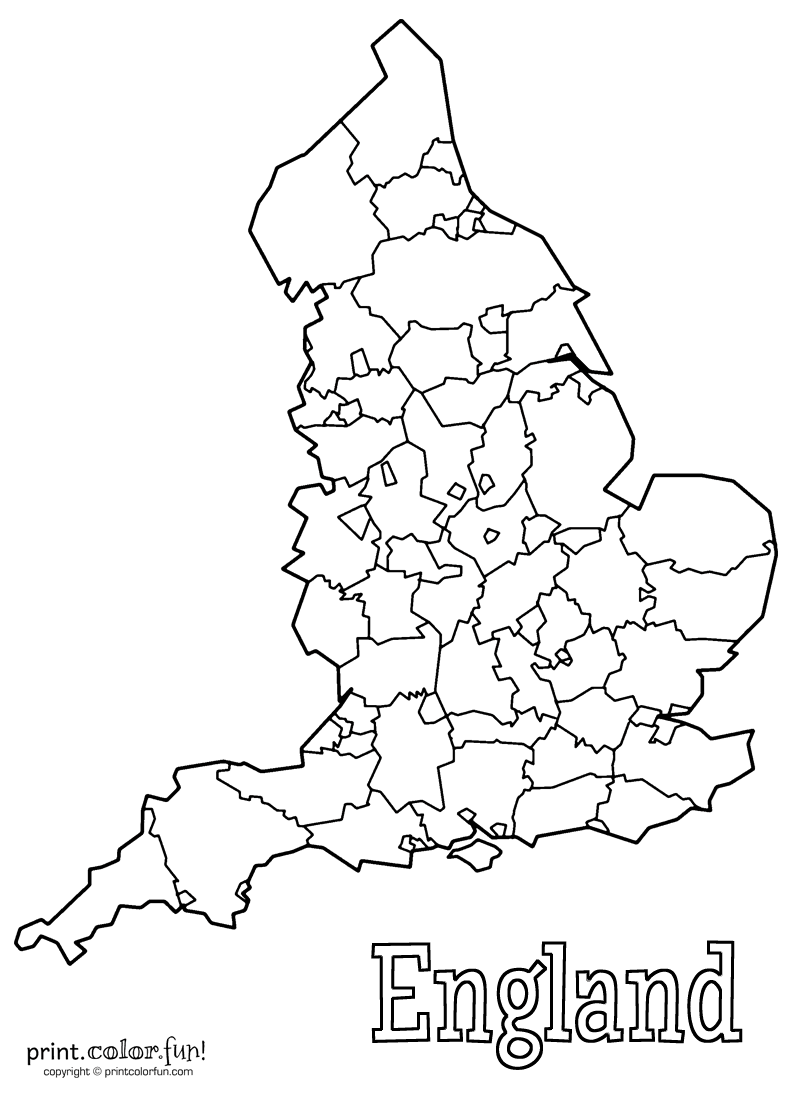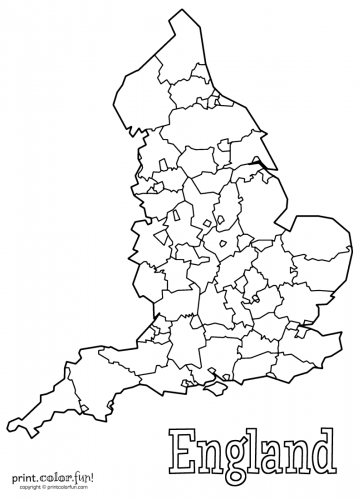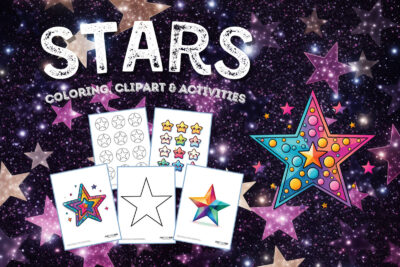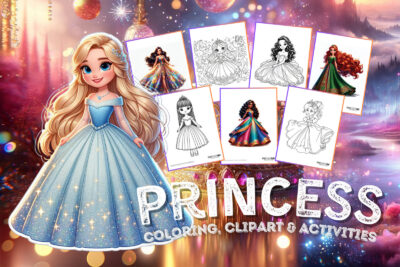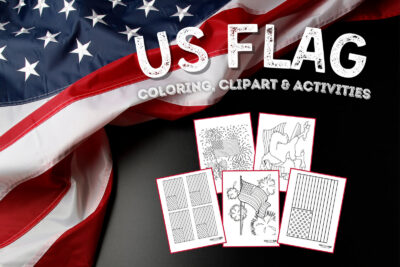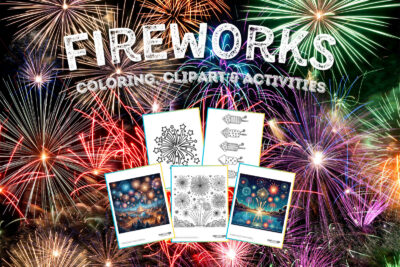Exploring England with your kids can be an exciting journey, filled with tales of knights, castles, and incredible landscapes. When introducing them to this fascinating country, consider using a map of England as a visual aid. This will not only make learning more engaging but also help them understand geography in a fun way.
Here’s a list of fast facts about England that you can share with your little explorers, along with points on a map to locate together:
London: England’s capital is full of history and famous landmarks like Big Ben and Buckingham Palace. Find London in the southeastern part of England on your map.
Historic Sites: England is home to Stonehenge, one of the world’s oldest monuments — a circle made of huge stones. Use your map to find Wiltshire in the south, where Stonehenge is located.
Buckingham Palace: The residence of the British monarch is in London. Mark it on your map and talk about the current queen or king.
The Lion: Symbolizing strength and courage, the lion is England’s national animal. While you can’t find lions roaming free, they’re a key part of the country’s culture and history.
The English Language: English originated from England, and is now spoken by billions worldwide. Discuss how the language spread across continents.
Soccer Origin: Known as football in England, it’s said that the modern game of soccer was invented here. Look for areas where famous teams are based, like Manchester or Liverpool in the northwest.
William Shakespeare: Often called England’s national poet, Shakespeare was born in Stratford-upon-Avon. Find this town in the West Midlands on your map.
Windsor Castle: The oldest and largest occupied castle in the world is in Windsor, just west of London. It’s a great point to locate and discuss the concept of monarchy.
Learning about England becomes an adventure with these facts and a map in hand. Encourage your kids to ask questions and explore further into the rich tapestry that makes up England’s history, culture, and geography.
Navigating through the terms Great Britain, United Kingdom, and England can be a bit like solving a puzzle. But don’t worry, it’s not as complicated as it might seem at first! Let’s break it down together, so you can explain it to your kids in a way that’s easy to understand.
1. England
- A Country: England is a country that’s part of a bigger family of countries. It’s known for its rich history, from the stories of knights and castles to modern-day inventors and artists. When you hear “England,” think of places like London, the rolling hills of the Cotswolds, and the historic sites like Stonehenge.
2. Great Britain
- An Island: Great Britain is not a country, but a large island that houses three countries under its roof: England, Scotland, and Wales. Imagine Great Britain as a big house where these three countries live, each with its own room but sharing common spaces like the garden (the island itself).
3. United Kingdom (UK)
- A Country of Countries: The United Kingdom, often called the UK, is like a team that includes England, Scotland, Wales, and also Northern Ireland. While Northern Ireland is not on the island of Great Britain, it’s part of this team, making the UK a country made up of four countries. Each has its own local government, but they work together under one national government based in London.
Understanding the Differences
Here’s a simple way to remember how these terms relate to each other:
- England is a single country.
- Great Britain is the island that includes England, Scotland, and Wales.
- The United Kingdom is a country made up of England, Scotland, Wales, and Northern Ireland.
Fun Ways to Learn
- Map Activity: Use a map to locate England, Scotland, Wales, and Northern Ireland. Highlight Great Britain and explain its relation to the UK.
- Flag Fun: Look at the flags of England, Scotland, Wales, and Northern Ireland, and then see how they come together in the Union Jack, the flag of the UK.
- Storytime: Create a story where characters from each of the UK’s countries come together for an adventure, highlighting their unique cultures and landscapes.
Understanding these distinctions not only helps in geography but also enriches the appreciation of the diverse cultures, histories, and identities within the British Isles.

